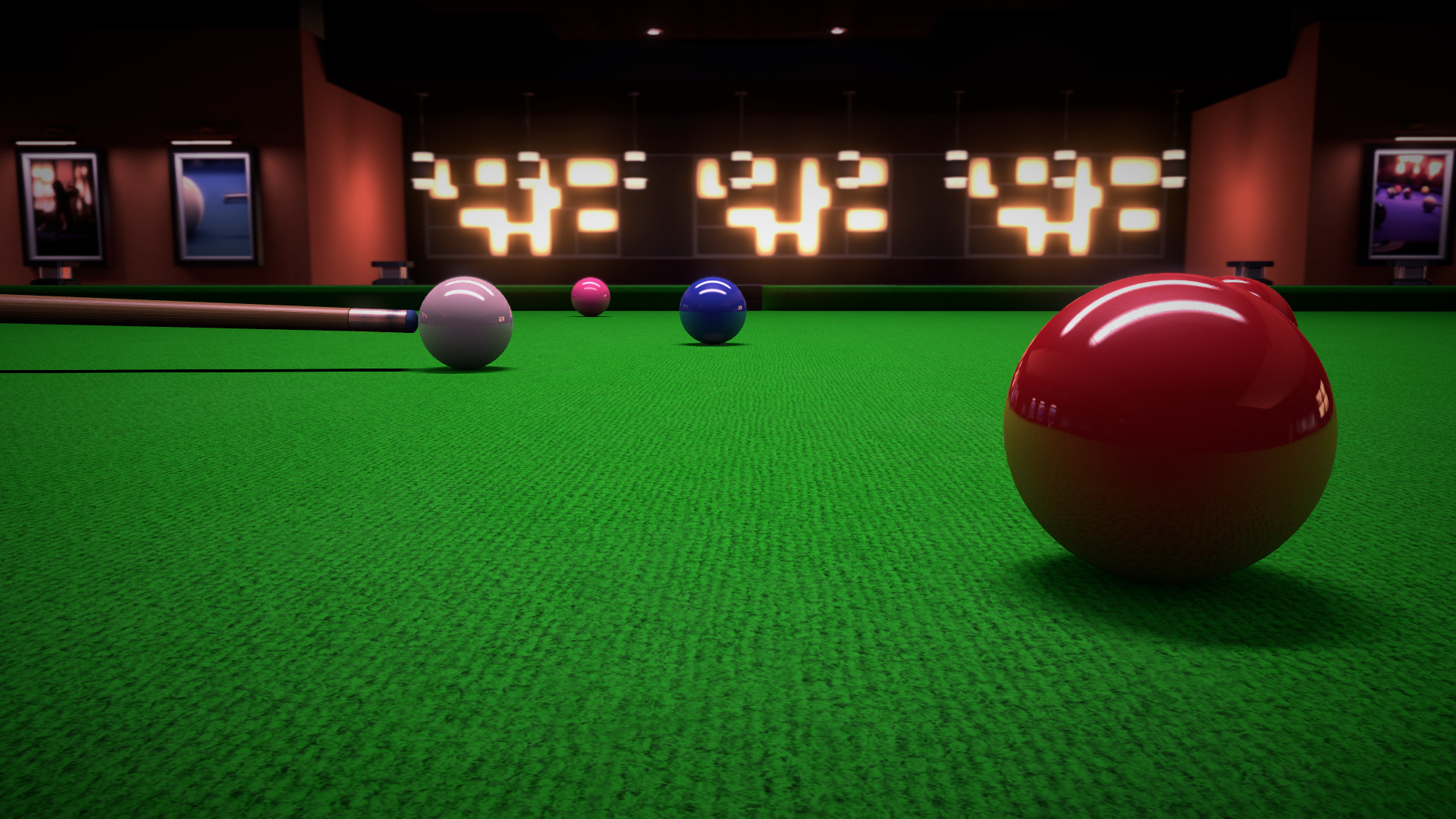Cue sports have a rich and fascinating history that dates back centuries. These games are played with a cue stick and balls on a cloth-covered table, and include snooker, pool, and billiards.
History & Evolution
The earliest known predecessor to cue sports was a game played in the 15th century in France, called paille-maille. This game involved hitting a wooden ball with a mallet through a course of hoops. Later, a similar game called croquet became popular in England.
The first cue sport to resemble modern billiards was played in the 16th century in France, where players used a long, tapering stick, or cue, to hit a ball. The game was called “billiard” and was played on a table with no pockets. It wasn’t until the 18th century that pockets were added to the table, creating the game we know today as pool.
The development of snooker can be traced back to the British military stationed in India in the 19th century. The soldiers played a game called “black pool,” which was a hybrid of billiards and pyramid pool. Eventually, the game evolved into snooker, which is played on a larger table and with more balls than pool.
Snooker has become a phenomenon in the UK and around the world. Though originally known as a “gentleman’s game” played by the aristocracy, the sport has gained enduring popularity across all social classes.
Cue sports became popular in America in the early 20th century, with pool halls and billiard parlors becoming common fixtures in cities and towns across the country. The game of pool, in particular, gained popularity during this time, with tournaments and championships being held regularly.
Snooker vs Pool
Many people have trouble distinguishing between Snooker and Pool. Although both sports involve potting balls on a table, there are fundamental differences, such as the table and cues used.
One main difference between a Snooker and Pool cue is the length, with Snooker cues being up to 2″ longer at 58″ compared to the standard 57″ Pool cue.
Additionally, Snooker cues are lighter, weighing around 16-19 ounces, while Pool cues are typically heavier at about 21 ounces.
The tip of a Snooker cue is much thinner than that of a Pool cue, which features a thicker and flatter tip. These differences are due to variations in the table cloth and ball size.
Snooker tables have faster cloth, smaller balls, and require a finer cue, while Pool tables have slower cloth, larger balls, and require a chunkier cue.
When selecting a Snooker or Pool cue, it’s crucial to consider the number of pieces, with most players advising against one-piece cues due to their impracticality.
Two-piece cues are more popular as they can be easily carried in a case. While traditional wood cues made of maple or ash have been the norm, advances in technology have led to cues made of other materials, such as graphite and carbon fiber. These cues are less likely to warp or distort, but many players prefer the feel of a traditional wood cue.
Modern Cue Sports
Snooker and Pool have seen a revival of popularity in recent years, especially in China, where young players are mastering the game. While technique and strategy are important in both sports, the cue ultimately decides the game, and being comfortable with your cue is crucial. Whether you opt for a specialty handmade and custom cue or a regular one from a sports store, it’s essential to be happy with your choice as it could affect your game.
Today, cue sports continue to be enjoyed by millions of people around the world. The games have evolved and changed over the years, with new variations and rules being introduced, but the core elements remain the same: a cue stick, balls, and a table.




